As Japan readies Fukushima water for Pacific release on Thursday, officials seek to calm health concerns
Japan plans to begin a decades-long process of releasing treated wastewater from the 2011 Fukushima nuclear meltdown into the Pacific Ocean on Thursday.
The decision, the latest in a long process of cleaning up one of history's worst nuclear accidents, has faced significant opposition. Concerns range from environmental risks to economic impacts on fishing. The discharge process is projected to last for decades, perhaps up to 40 years.
Though treated, the water retains a reduced level of tritium, a rare radioactive form of hydrogen. Prime Minister Fumio Kishida and international experts assert the water meets safety standards.
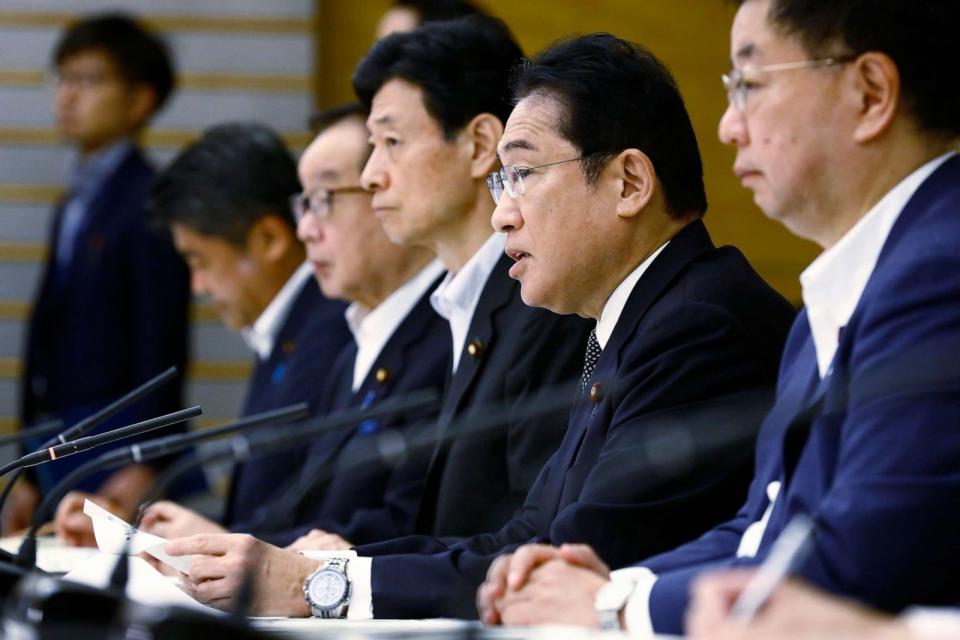
MORE: UN nuclear watchdog greenlights Fukushima water release plan
Since the 2011 nuclear triple meltdown, groundwater has seeped into the reactor buildings and mixed with the water used to cool the compromised cores, accumulating steadily over time. Tokyo Electric Power Company, known as TEPCO, the facility's power provider, has implemented the Advanced Liquid Processing System to significantly reduce radioactive isotopes in the wastewater. That process cannot eliminate tritium, which remains in the water. The Japanese government sought to assure the public that the treated wastewater is safe for both human health and marine life.

Within the reactor site, a vast 1.32 million tons of treated water -- equal in volume to about 500 Olympic swimming pools -- is stored in over 1,000 blue, grey and white tanks, forming an expansive sea of containers.
An underground pipeline, extending more than half a mile will channel the treated wastewater into the Pacific Ocean. Junichi Matsumoto, the TEPCO executive in charge of the operation, emphasized that safety will be paramount throughout the process.
Rafael Grossi, head of the International Atomic Energy Agency, a United Nations watchdog promoting safe nuclear power usage, presented his organization’s supportive findings on Japan’s plan to Kishida in early July.
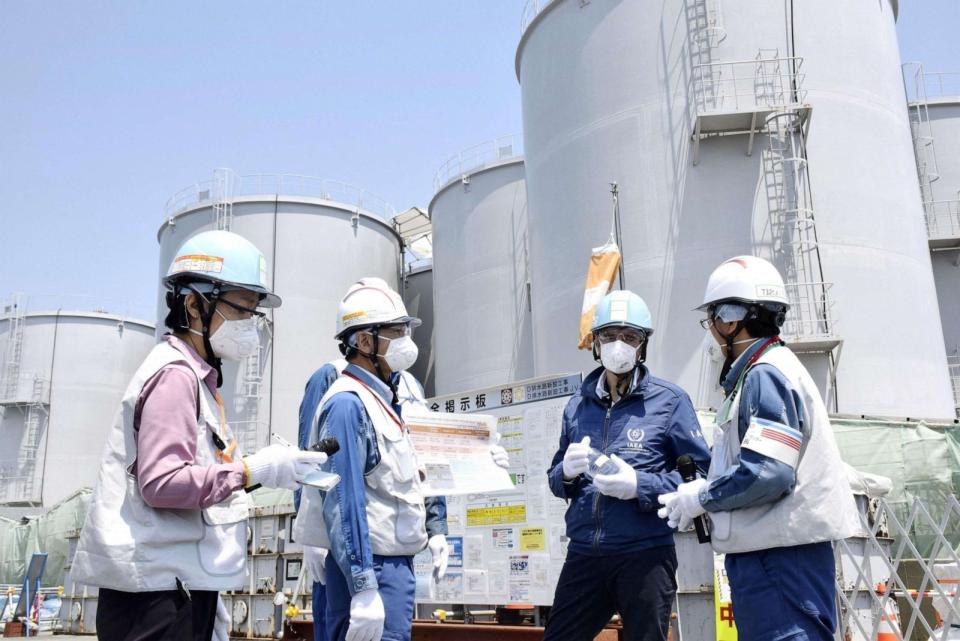
While the IAEA doesn't have the authority to approve or reject plans, in Japan's hierarchical culture, the gesture appeared to signify a profound endorsement. The IAEA emphasized the plan's compliance with international standards, reinforcing Japan's approach and aligning it with global norms and guidelines. Grossi said after the formal handover and photo session that the IAEA wasn't providing an endorsement.
“Our role isn't to authorize the release," he told the press. "We're merely stating that Japan's plan aligns with international standards."
Kishida, facing an enormous challenge from slumping poll numbers and domestic and international opposition to the plan, appeared to achieve the optics he was seeking. Grossi managed to create some separation between his U.N. watchdog group and the decision to proceed with the wastewater release, distancing the organization from direct responsibility.
In what appears to be a further attempt to calm people, The IAEA’s Grossi pledged the group’s commitment to be present on-site before, during, and after the release.
“If the government decides to proceed with it, the IAEA will be permanently here, reviewing, monitoring, assessing this activity for decades to come,” he said.
Plan met with international protests
In the face of China’s growing assertiveness in the region, leadership in Tokyo and Seoul are intensifying their efforts to strengthen their bilateral ties. With the shared challenge of an unpredictable North Korea and its advancing missile capabilities, both nations recognize the importance of solidarity.
Both are aligned with the U.S. on security issues and are wary of disruptions to the established order that has fostered their shared growth and prosperity. However, unresolved historical disputes and territorial claims continue to strain the relationship between Japan and Korea.
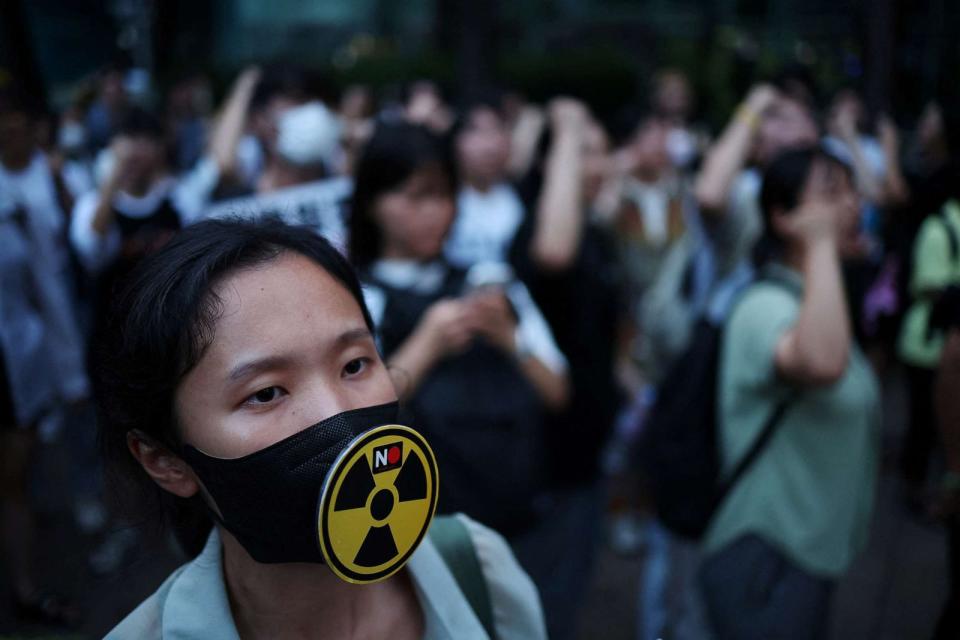
MORE: US summit seen as potential milestone for Japan, South Korea relations: ANALYSIS
Shortly after the IAEA's assessment was delivered to Kishida, South Korea, which had initially opposed Japan's plan, shifted its position. South Korea's independent review found the proposed water release to be in line with its national standards. Their assessment determined that the potential impact of radioactive elements, including tritium, on South Korean waters would be minimal, provided the release is carried out as planned.
“Extensive research and simulations from various countries and agencies suggest it would take several years for the wastewater to affect South Korean waters," said Bang Moon-kyu, minister of the Office for Government Policy Coordination for South Korea.
South Korea’s confidence in the safety of the discharge plan wasn't unfounded; it stemmed from insights gathered by a team of government scientists who had the opportunity to tour the Fukushima plant in May.
But public sentiment has told a different story. Polls show that the majority of Koreans remain opposed to the planned wastewater release.

After submitting the IAEA study results on Japan’s plan to Kishida in July, Grossi headed east in attempts to calm the storm in South Korea. His visit was met with strong opposition, with protests popping up in the locations he visited.
Japan maintains that the planned release of tritium is within safe limits, even lower than the levels considered acceptable by the World Health Organization for drinking water.
Japan's fishing industry worries about reputation
People who operating commercial fishing vessels in Japan’s Northeastern waters, which lie in the path of the planned release, expressed concern over the potential impact on their livelihoods. They have said they worry that the Fukushima water release will tarnish the reputation they’ve struggled to rebuild since the initial 2011 nuclear meltdown.
The Japanese government has vowed to provide “compensation” for any damage caused to their reputation.
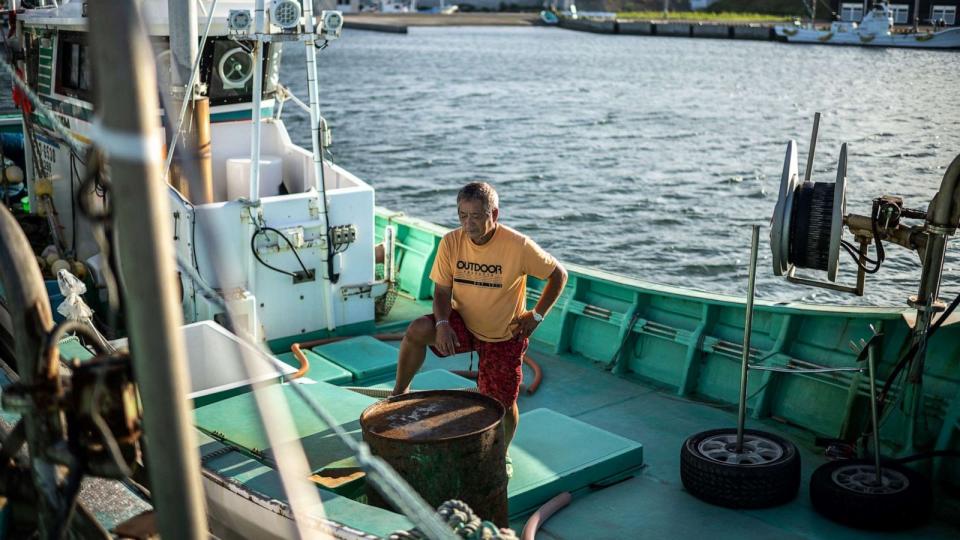
Most nations have removed restrictions on agricultural and ocean products from the region. China maintains import restrictions on seafood from 10 Japanese prefectures, notably Fukushima and even Tokyo. For seafood coming from other regions, China requires them to clear radioactivity screenings and to demonstrate that they are sourced from places not among the 10 restricted prefectures.
Park Yeouhwan, a representative of South Korea’s fisheries and a seaweed cultivator, remains skeptical of Japan’s water release plan. During a press conference in Tokyo this summer, he expressed concern about the potential catastrophic consequences that decades-long release could have on the marine ecosystem and the livelihoods of fishermen.
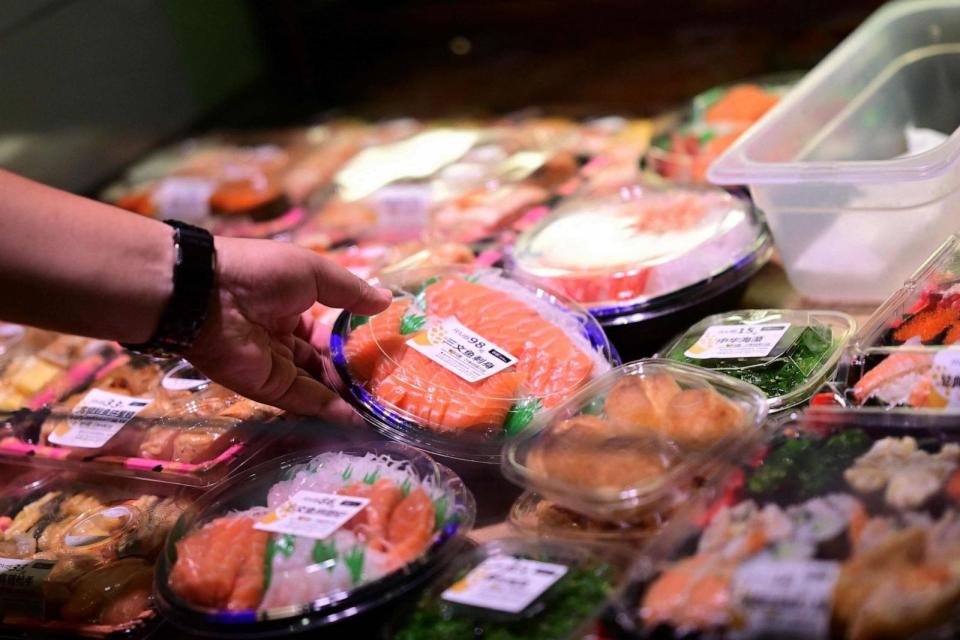
Park questioned Japan’s assertion that the water is safe, suggesting that if it were true, Japan could utilize it for agricultural or industrial purposes within its own country instead of releasing it into the sea. He called upon the Japanese government to retract the plan immediately and explore alternative options.
“I’ve been a fisherman all my life. I may not understand the science, but I know the sea very well," Park said.
Beijing remains critical of neighbor's plan
The recent high-profile trilateral summit at Camp David hosted by President Joe Biden saw South Korea’s president, Yoon Suk Yeol, emphasizing the need for transparent inspections by the global community. However, he clarified that the topic of the Fukushima water release did not make it to the discussion tables at the summit.
China, a regional rival, has unequivocally expressed its opposition to the planned wastewater release, going so far as to assert that the "ocean is humanity’s common good, not Japan’s private sewer.”
Beijing’s ambassador to Tokyo, Wu Jianghao, reportedly said that there is no precedent for wastewater being released into an ocean after a nuclear accident.
“The Japanese side says that nuclear power plants around the world are all discharging wastewater, but that water has not been exposed to a reactor core that has melted,” he said.
ABC News has reached out to the Chinese Embassy in Japan for confirmation of the comment.
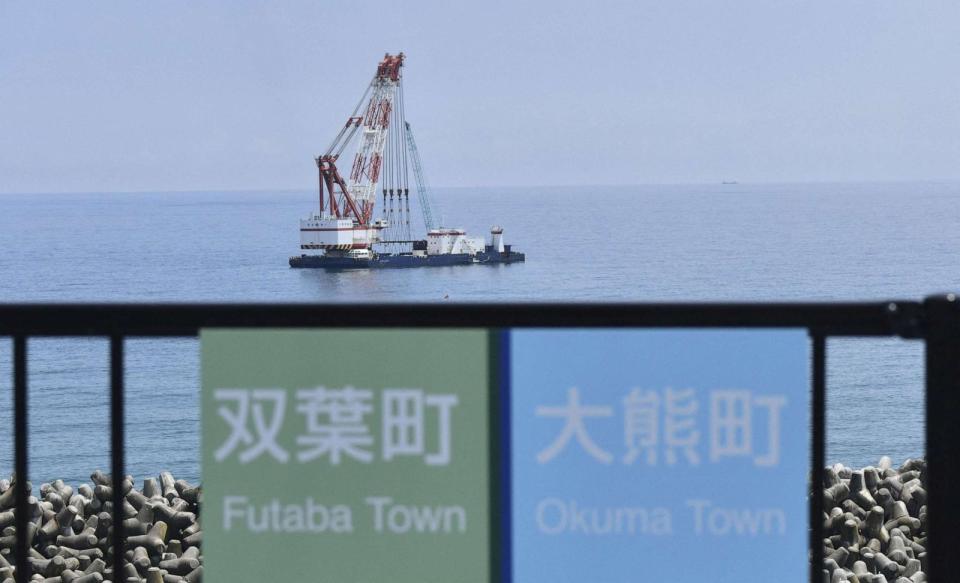
Kishida on Sunday inspected the wastewater dilution and filtering facilities at the wrecked Fukushima plant. His visit underscored the importance of a decision that was expected to have a sustaining impact that will be felt for generations.
Kishida was adamant about the plan’s urgency, highlighting that the issue must be addressed without further delays to ensure the ongoing decommissioning and reconstruction efforts in the region. During his tour, he engaged with TEPCO’s president, Tomoaki Kobayakawa, emphasizing the paramount importance of safety throughout this long-term operation.
After conferring with fellow government officials, Kishida announced on Tuesday the news the world had been waiting for.
“The release is expected on Thursday as long as weather and sea conditions don’t cause any issues," he said. "We will take responsibility until the discharge of the treated water is completed, no matter how many decades it takes.”
As Japan readies Fukushima water for Pacific release on Thursday, officials seek to calm health concerns originally appeared on abcnews.go.com

